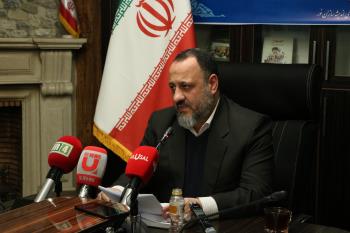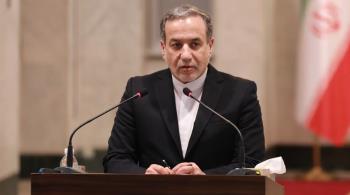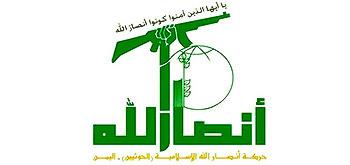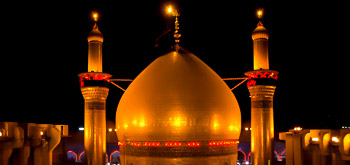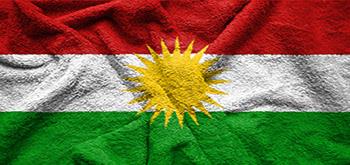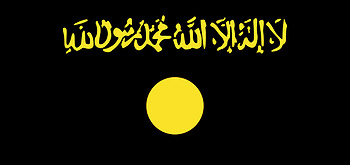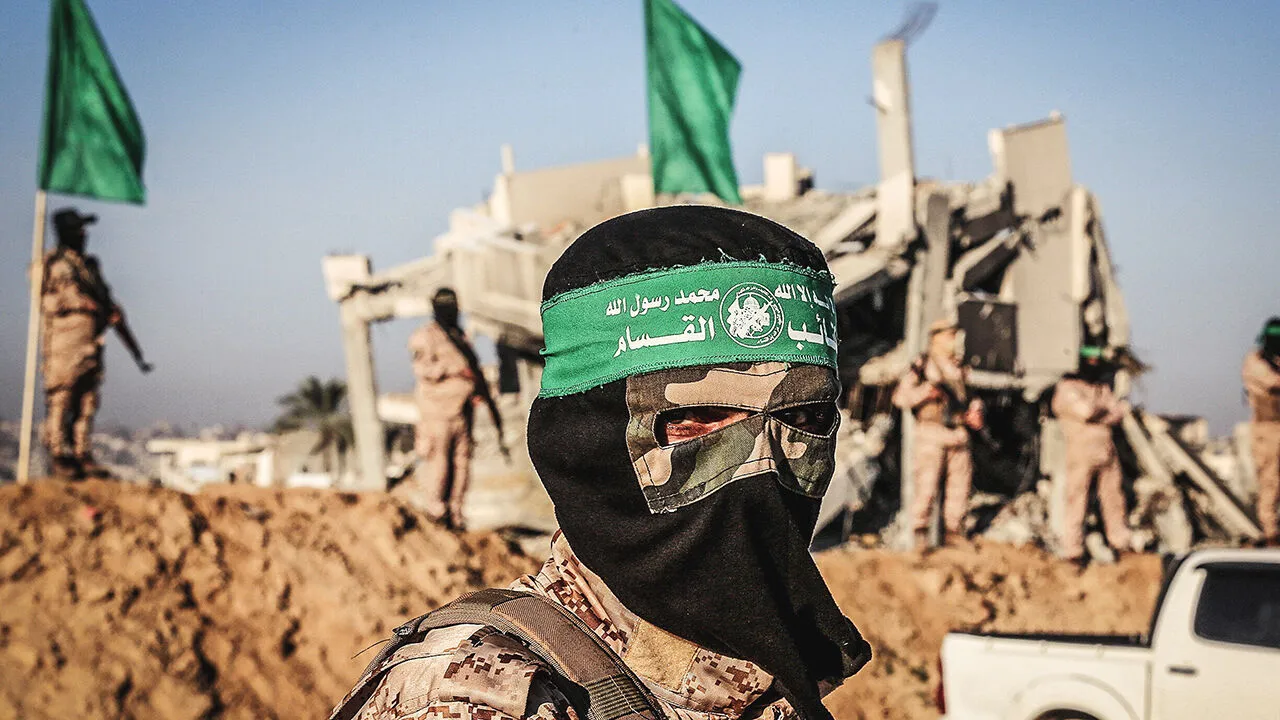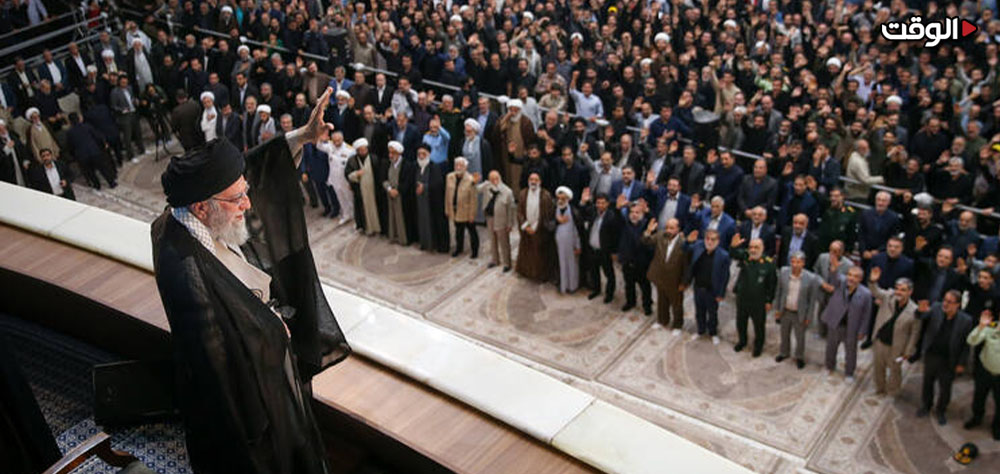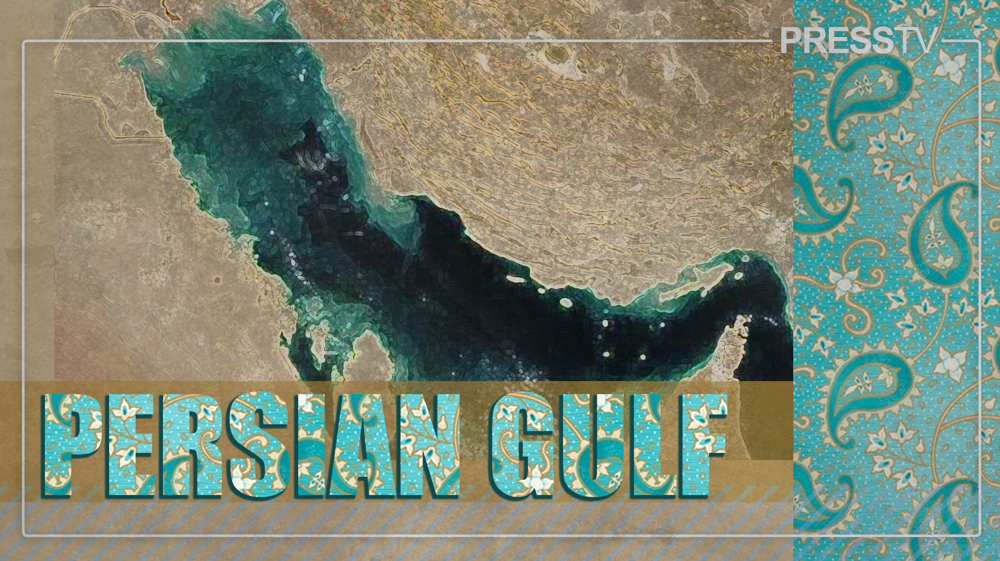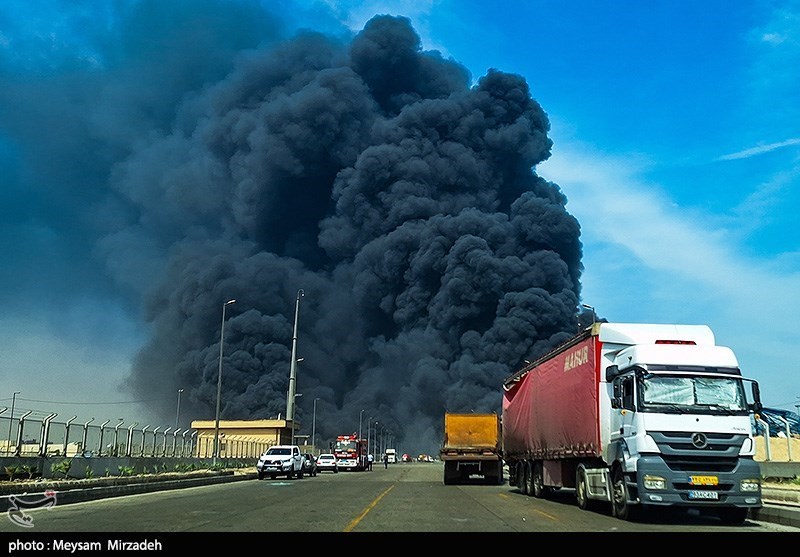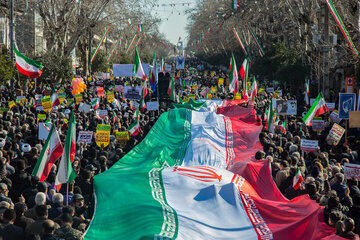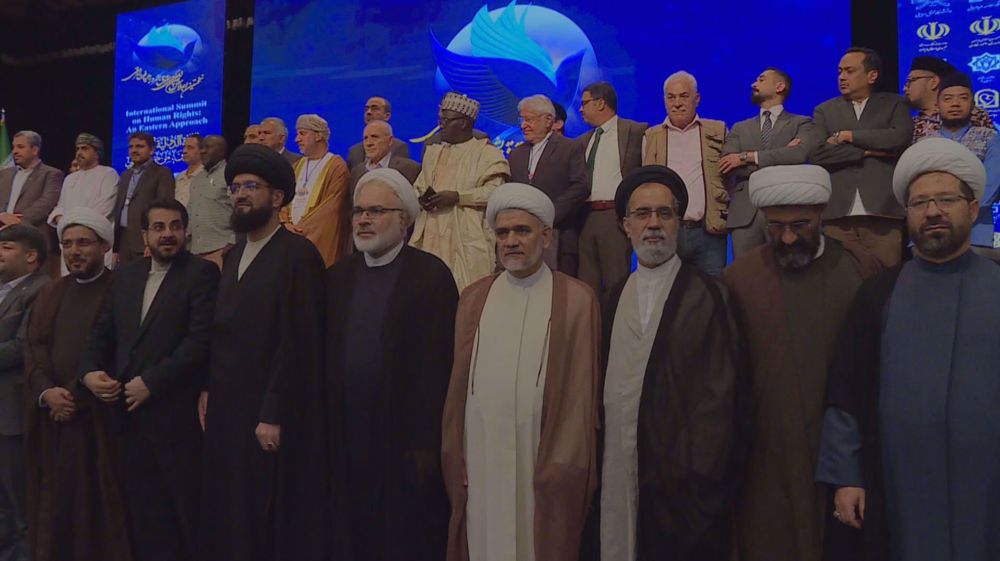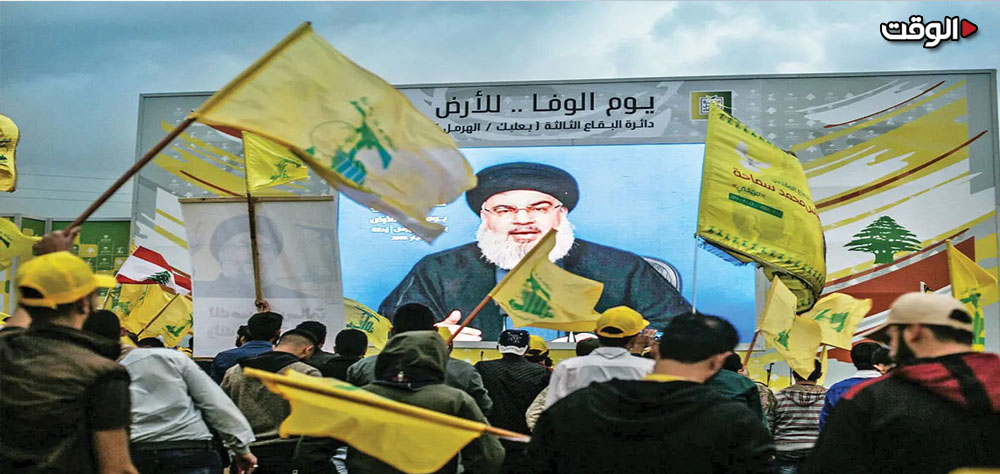Alwaght- "Gaza crisis has no military solution." These are the words of the Kaya Kallas, the head of EU foreign policy addressing the Israeli Prime Minister Benjamin Netanyahu. This European official on Saturday and after EU leaders summit in Copenhagen referred to the Gaza developments, saying that" if a military solution was possible, the war would already be over." Kallas's statement about the futility of a military solution in Gaza seems to be a correct claim, as the latest successful operation by Hamas forces against the Israeli military has caused heavy losses to the Israeli occupiers.
Successful ambush in details
A recent operation by the Al-Qassam Brigades, the military wing of Hamas, is having repercussions beyond the battlefield. Within Israel, families of soldiers are stepping up pressure on the government and military, a dynamic that could weaken the public justification for continuing the war.
The successful ambush had the following details:
Location of the attack: The Zeitoun neighborhood in eastern Gaza.
The force involved: Al-Qassam Brigades, using a calculated and organized tactic.
Israeli casualties: At least two Israeli soldiers killed, 11 wounded, and are four missing.
Resistance tactics: The operation recreated tactics from October 7, focusing on organized ambushes, targeted explosions, and efforts to capture enemy soldiers.
Execution: Fighters used precise field intelligence, narrow urban pathways, and tunnel networks for cover, deploying snipers and anti-armor mines.
Military expert Professor Ahmed Mizab stated that "the operation occurred in the tight, maze-like confines of Zeitoun, where the army's freedom of movement was minimized, and the resistance was able to seize the initiative."
The military consequences include a shift in the Israeli army's field priorities, forcing them to focus on search and rescue operations for the missing rather than their advance. This has halted plans to push deeper into Gaza and increased both the human and logistical costs for Tel Aviv.
Outcomes of the ambush
The success of Palestinian resistance forces in the operation has exposed the inefficacy of Israel's "scorched earth" policy. It demonstrated that despite its overwhelming technological superiority, Israel is unable to fully confront and eliminate Palestinian resistance in Gaza.
In effect, this operation proved that after two years of war and relentless bombardment of Gaza, the resistance still maintains the initiative on the ground. Conversely, it is the Israeli military that appears increasingly bogged down in the quagmire of the Gaza conflict.
How does Hamas hold the initiative in Gaza?
The success of Hamas in striking the Israeli forces over the past two years stems from a number of important factors:
Israeli army exhausted after two years of war
Tel Aviv’s "war machine” in Gaza has not only failed, but has also engaged in a war of attrition in Gaza that has divided Israeli society and exhausted its military forces. Reports indicate that thousands of Israeli soldiers have resigned from the army due to psychological problems and a high suicide rate. Netanyahu’s dream in Gaza is to kill as many of the 2.1 million Palestinians living in Gaza as possible by bombing and starving them, and he is doing this daily in Gaza. The Gaza evacuation plan has also failed over the past two years, as hundreds of thousands of Palestinians have refused to leave the area.
In more than 600 days of war in Gaza, Israel has used military force several times greater than the military force that the US used in the Vietnam War. A Middle East Online report indicates that the Washington dropped about 15 tons of explosives per square kilometer in Vietnam, while Israel has dropped 275 tons of bombs per square kilometer in Gaza since October 7, 2023. This means that 18 times more bombs have been dropped in Gaza than in the 19-year Vietnam War.
Official figures from the Israeli military state that more than 900 Israeli soldiers have been killed since October 2023, though many analysts believe the actual number of casualties is significantly higher.
This sustained casualty rate, coupled with the fact that Israeli prisoners remain held in Gaza after two years of conflict, has led a growing number of Israelis to question the war's objectives. A public debate is now intensifying over what has been gained from the prolonged and costly campaign, with many pointing to international isolation and a surge in global anti-Israel protests as its primary outcomes.
Complicated network of tunnels
Israel's stated objectives in Gaza have included the destruction of Hamas's infrastructure, specifically its vast network of tunnels. However, according to reports in Israeli media, Hamas's tunnel network remains largely operational, though estimates on the percentage that has been destroyed versus what remains functional vary significantly. Members of Hamas have told international press, including the ECFR news agency, that many of the tunnels have been repaired, maintained, and in some cases, even expanded. Some assessments indicate that over half of the tunnel system remains in use by the resistance movement.
Repaired Hamas arsenal
Hamas’s missile arsenal may have been significantly damaged in the Israeli offensive, but Hamas’s home-made and rudimentary rockets have been rebuilt from unexploded ordnance left around Gaza. The Council on Foreign Relations report states that Hamas “recycles unexploded Israeli rockets, bombs, and artillery shells to use as new home-made bombs and projectiles.” In fact, there is little evidence that Hamas’s long-term ability to threaten Israel has diminished.
Complicated guerrilla warfare tactic
In recent months, Hamas has demonstrated a continued ability to threaten Israeli forces through a dual strategy of guerrilla tactics—including close-range ambushes—and cross-border rocket attacks. Meanwhile, the resumption of Israeli military operations, particularly in northern Gaza, indicates that Hamas, along with other resistance factions like Islamic Jihad, has managed to rebuild its strength and even reassert some elements of its governing authority in certain areas.
Jerome Drevon, a senior analyst on armed groups at the International Crisis Group, states that Hamas's strategy is to avoid large-scale direct confrontations with Israeli troops, relying instead on swift and surprise attacks. These tactics aim to inflict continued casualties and increase the strain on the Israeli military.
Drevon suggests that Israeli claims of having dismantled Hamas's brigade structures may be overstated. He argues the group's current military strength now relies more on small, agile units capable of launching offensive operations in small teams. Analysts estimate that Al-Qassam Brigades still have between 30,000 to 50,000 members in Gaza.
According to Drevon, Hamas no longer needs large Brigades, rather, it requires small, two-person units armed with light weapons to attack Israeli tanks and employ snipers against Israeli targets. He concludes that Hamas has effectively adapted to Israel's sustained campaign by operating in a more decentralized, cell-like structure, which has contributed to the survival of a significant number of its fighters.

